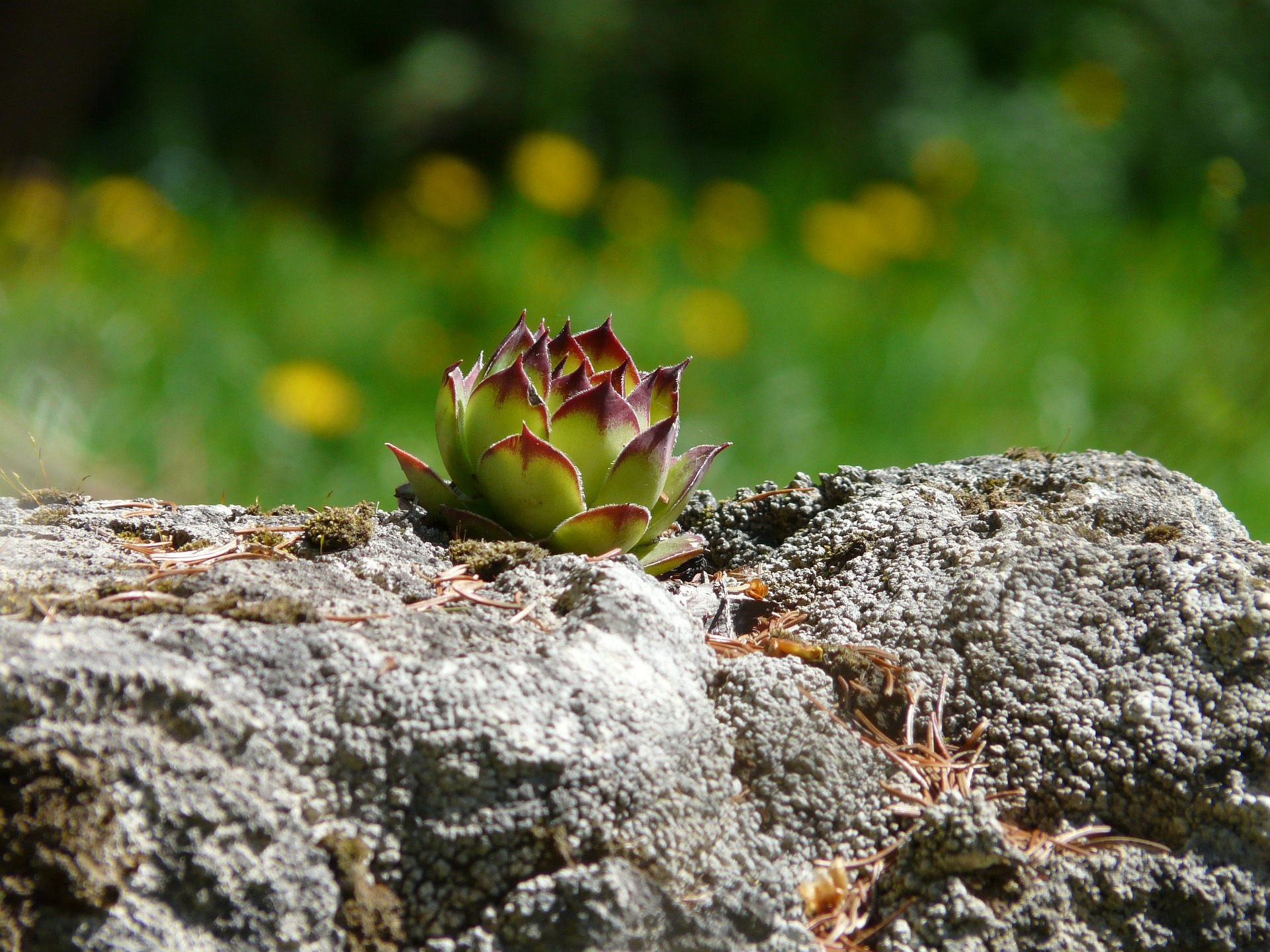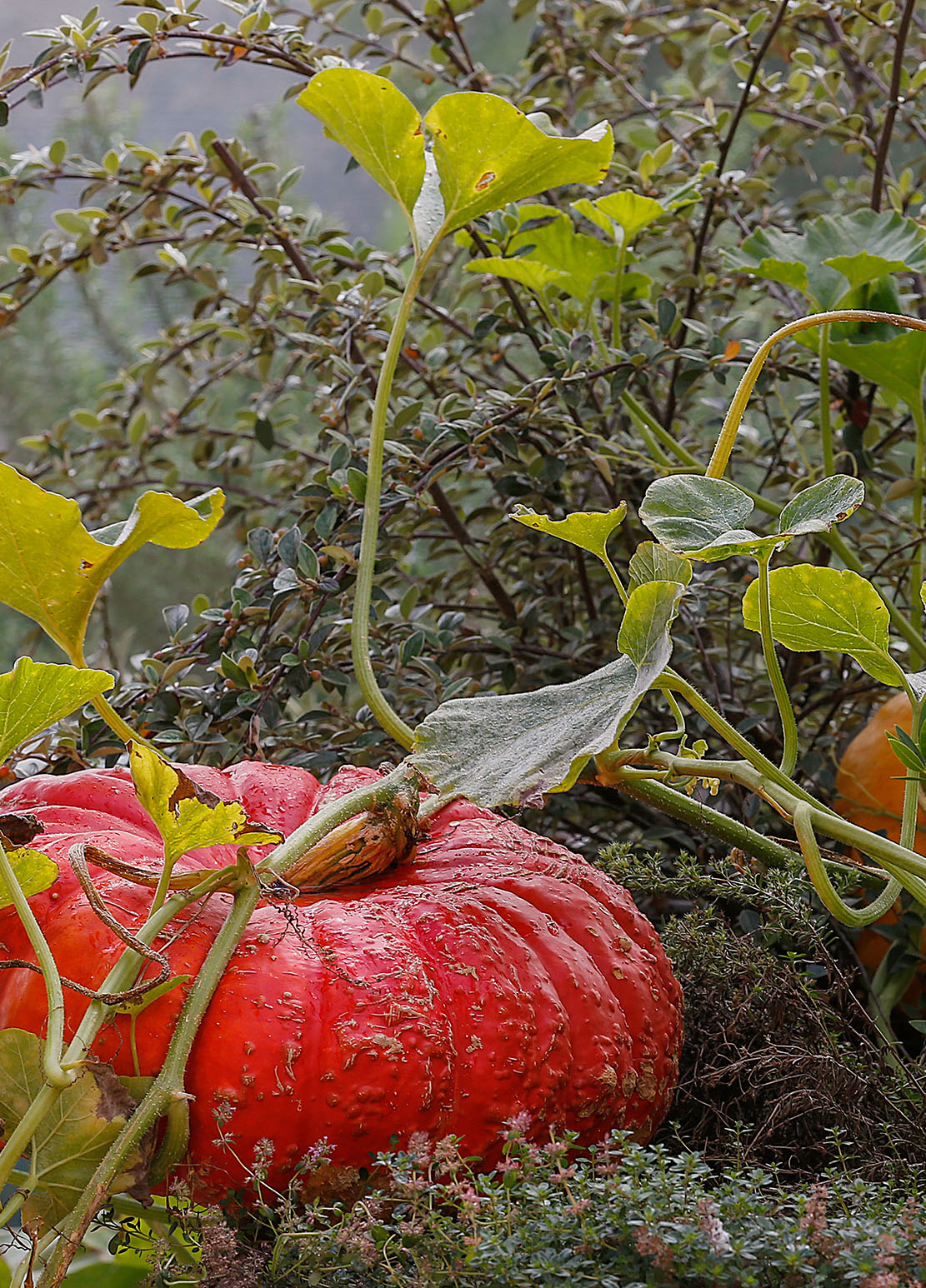Local food self-sufficiency is an old topic that is once more surfacing today with the development of local food networks.
As early as the 9th century, in the early days of the Carolingian dynasty, this concern was raised by Charlemagne when the Latin text Capitulare de Villis was written.
This administrative document, drawn up around 810 by monks, promotes certain agricultural practices in land management. This was to ensure the autonomy of the “villae”. The “villae” were village agricultural areas in the vast imperial estate.
ANCIENT ORIGINS
Article 70 of Capitulare mentions nearly 100 foods and medicinal plants, plants used to produce textile and trees to cultivate in order to provide for the needs of humans and animals.
These plants are actually taken from a list drawn by Pliny the Elder, who wrote a natural history encyclopaedia in the first century AD, with botanical knowledge collected from Germania and the entire Mediterranean basin. Thus, this list was passed on for many centuries until it reached Charlemagne, who decided to share it more widely.
Fifty-six of these plants were used in 1,600 recipes listed in eight books between the 8th and 10th centuries. They then influenced the cultivation of monastic gardens throughout the Middle Ages and constituted a decisive cultural foundation that has been partly forgotten. However, the hardiness of these species and how they adapt to our climate make them very interesting plants.
FOUR PLANTS TO REDISCOVER
Here are four plants to rediscover and that will enrich your vegetable garden, mentioned in Capitulare de villis.
-
Garden orach
This hardy plant is a giant spinach that can reach 2 metres. It produces beautiful clusters of purple flowers and its stems are colourful. It should be sown in March and goes well with beetroot. Its young edible leaves are tender and can make a great addition to dishes and salads.
Houseleek
The capitulary recommends placing this plant on roofs to insulate homes. Its resistance protects houses as its roots cling to the rocks. It is also medicinal herb: as a natural emollient, it helps to heal wounds.
Southernwood
A fragrant perennial, its powerful flavours spice up dishes. It can be used to aromatize oils. In the garden, it is a powerful fly, mosquito and aphid repellent, making it a great ally for crops.
Cowpea
This perennial yardlong bean can reach a height of 5 metres and completely cover pergolas as an ornamental plant. It loves the sun. Its dried seeds are eaten like peas and its young pods can be enjoyed like fresh beans. It makes excellent fodder and as a legume it fixes nitrogen in the soil.
DISSEMINATING AGRICULTURAL KNOWLEDGE
As with Capitulare de villis, diffusing botanical knowledge represents a future challenge in the development of local food self-sufficiency.
Thanks to the harmony of plants and animals, permaculture, agroforestry or agro-sylvo-pastoralism, production is becoming environmentally friendly. Rediscovering these plant species, using them with our current scientific understanding of nature, is a promising solution in agricultural transition.
Charlemagne founded the Palatine School together with Alcuin, a scholar. This period promoting research and knowledge is sometimes referred to as the Renaissance of the High Middle Ages. Likewise, we can now consider and revive an abundant and sustainable agriculture. Achieving this by using species that have proven their worth since antiquity.
A KEY BOOK
To understand the evolution of agriculture and our relationship with nature, we suggest you read The Natural History by Pliny the Elder, a fountain of knowledge, inspired by 2,000 Greek and Latin books. Animal and plant biology, recipes and pharmacology are described in a lively style. This work was one of the most widely read books of the Middle Ages and the Renaissance.
Which species from Capitulare de villis do you grow and how?




